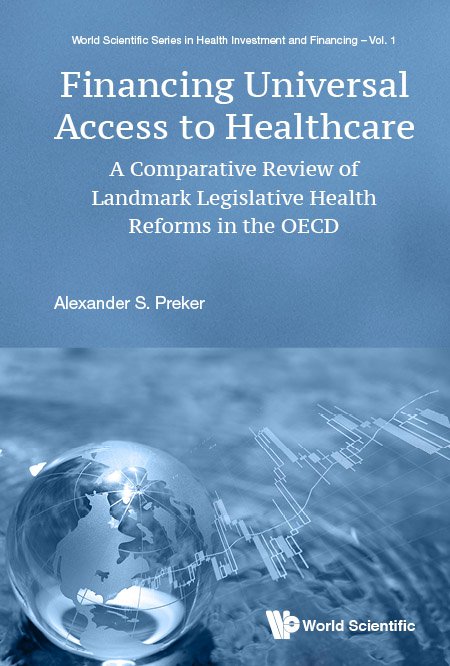CHAPTER 11: ANALYSIS
The public sectors of all western developed countries have become increasingly involved in financing health care during the past century through regulations, subsidies and direct provision of services. In 1938, New Zealand became the first country with a market economy to introduce compulsory participation and universal entitlement to a comprehensive range of health services, financed largely through general revenues. By now, 13 OECD countries have passed landmark legislation offering similar coverage for their population. The discussion that follows will first attempt to clarify some of the issues relating to the various complex concepts in health care financing. A descriptive analysis of the historical profiles of eight of these countries and subsequent quantitative analysis of all OECD countries give rich insights into why, how and to what effect their governments introduced such policies, while the others restrict compulsory participation and entitlement to a targeted sub-group of the population. Finally, theories will be proposed about processes that have occurred in health care financing over the past decades. See Table 11.1.



